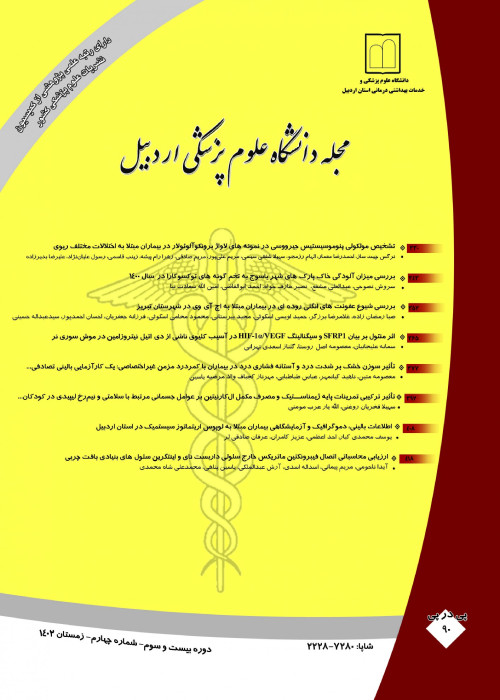Design of Potential Anti-Leishmanial Pharmacophores via In Silico Drug Repurposing
Drug-repurposing is the study on application of existing drugs for treatment or control of other diseases. Major advantage of the technique relies on a nominated drug molecule that is applied for pharmacodynamics optimization due to lack of serious pharmacokinetics challenges. According to the importance of the subject, a present contribution has been dedicated to the in-silico analysis of a few drug classes with the aim of achieving potential anti-leishmanial pharmacophores.
3D structure of protein targets within leishmania parasite were retrieved from Brookhaven Protein Data Bank (PDB) on the basis of literature reports to evaluate the related complexes with drugs via molecular docking. Qualitative and quantitative analysis of drug-target interaction patterns in docked complexes offered drugs with higher binding affinities toward targets and finally structural patterns or hypothetical anti-leishmanial pharmacophores were proposed with regard to the top-ranked pharmaceutical compounds.
Highest free binding energy could be estimated for Nateglinide in binding to farnesyl diphosphate synthase (ΔGb -13.30 kcal/mol). Among steroids, Norgestrel synthase (ΔGb -9.48 kcal/mol) and Testosterone synthase (ΔGb -8.05 kcal/mol) exhibited higher enzyme binding affinities and Arg82 was a key residue in making hydrogen bonds. Within fused tricyclic structural patterns, mirtazapine exhibited highest binding affinity to deoxy uridine triphosphate (ΔGb -8.64 kcal/mol). In Carbamazepine, amide substituent of the central ring facilitated the formation of two effective hydrogen bonds with Gln21 and Asn25 in deoxy uridine triphosphate.
On the basis of obtained results for steroids and fused tricyclic scaffolds, it will be possible to design molecules that can inhibit several pathogenic targets simultaneously.
- حق عضویت دریافتی صرف حمایت از نشریات عضو و نگهداری، تکمیل و توسعه مگیران میشود.
- پرداخت حق اشتراک و دانلود مقالات اجازه بازنشر آن در سایر رسانههای چاپی و دیجیتال را به کاربر نمیدهد.



